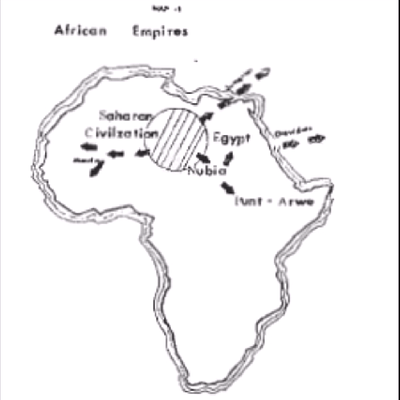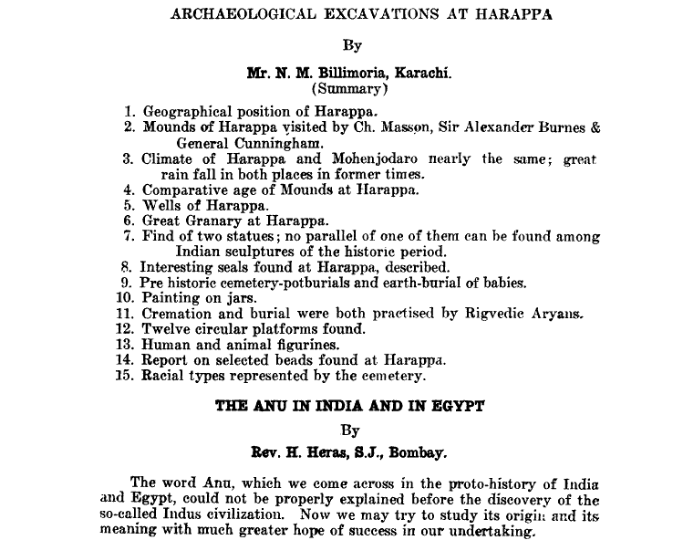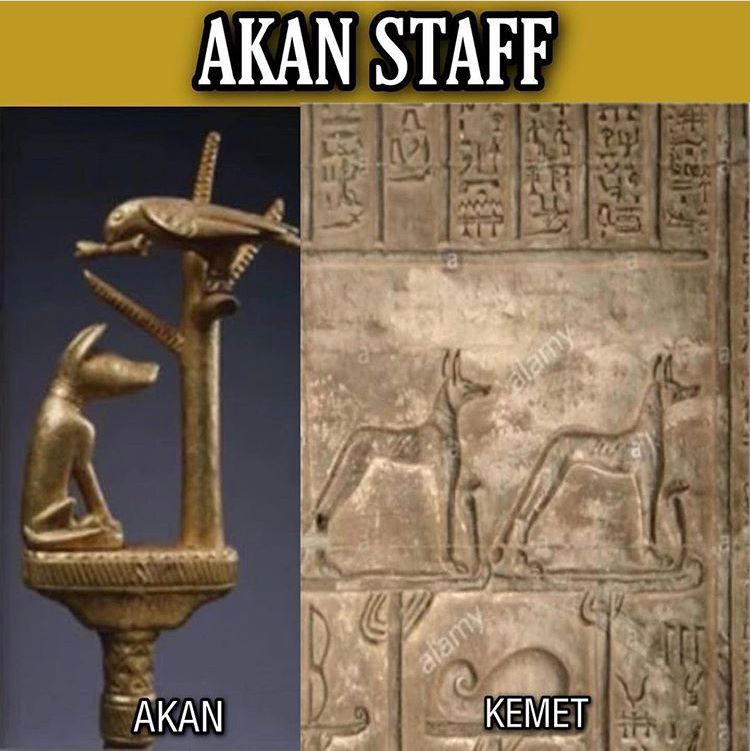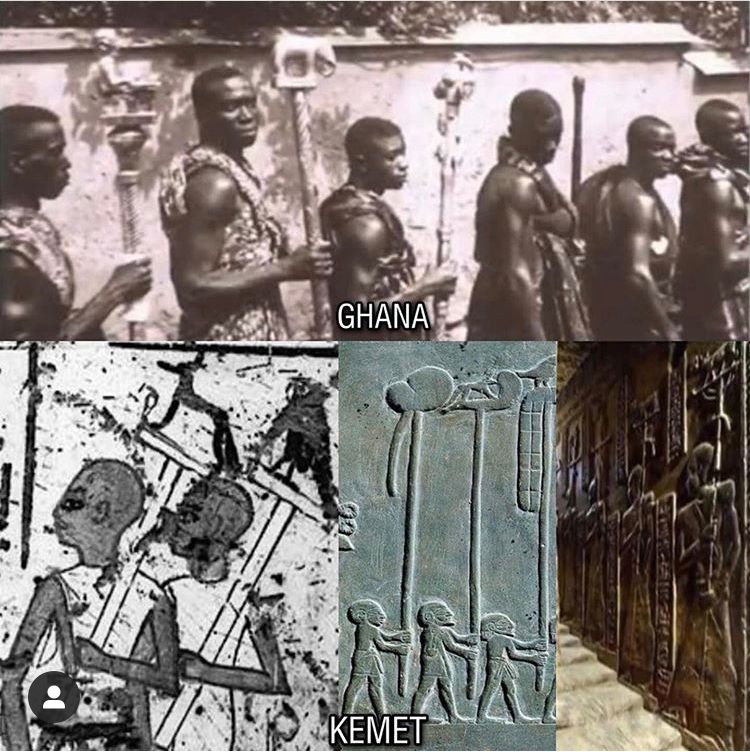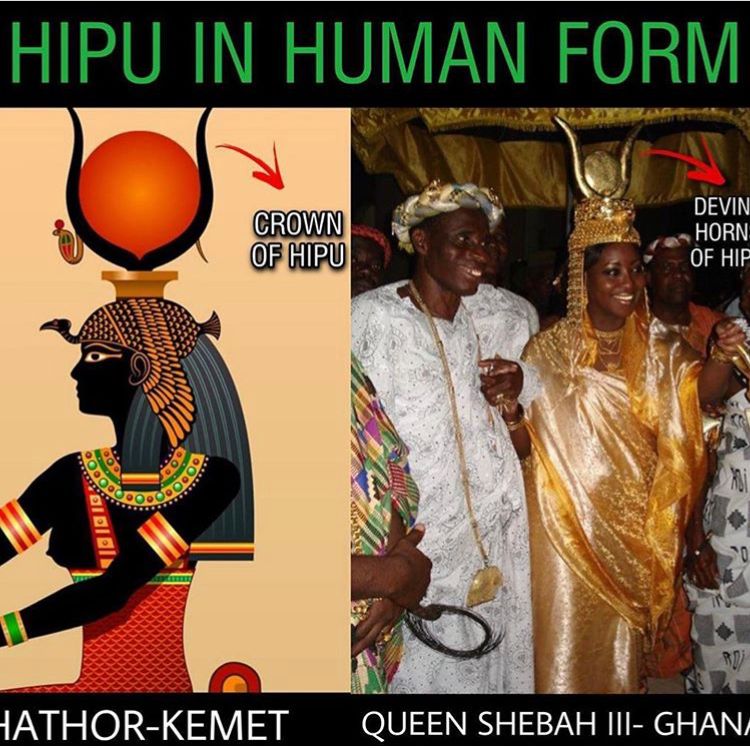Cushytic Speaking Africans
The lighter skinned Habesha (Semitic) populations who reentered Africa via the Arabian Peninsula have nothing to do with Ancient Kemet. These Semitic Africans rather, were the ones who took over the Axumite empire from the Bantus, which eventually destroyed Kush. It is the dark skinned Oromo (evident by their name having translative meaning in Medu Neter like the Niger-Congo speakers shown above) and Somali populations who have integral relations with ancient Kemet.

Oromo
Oromo is derived from 'orma' - person to 'oromo' - people in the Oromo language
Orma ; Oromo - the name of a god

Somalis
Dhaanto Dance



Modern Beja - Medjay Nubians




Migration from Kemet of Cushytic Africans into Saharan and "Sub Saharan" East Africa.
The map below details the Cushytic Y-DNA (paternal) M-215's initial migration from Punt (Ethiopia-Eritrea) north into Kemet and it's descendants (V-12 and V-32) later leaving Kemet. This is showing the back migration of these Cushytic/Hamitic Africans who left Kemet and also migrated further south into the eastern parts of Sub Saharan Africa such as Somalia and Oromia, Ethiopia (V32). In modern day northern Sudan-southern "Egypt" V-12 signals these Cushytic people as descendants of Kemet.


The African groups above are remnants of those Cushytic Kemites who migrated from these civilizations with the Anu/Bantu from the constant threat of war along the Mediterranean with the chaotic Tamahu who were using their newly obtained knowledge from blacks of civilization, bathing, speech and what not to put our once peaceful advanced existence into a war state.
Amélineau adds,
"These Mesnitu had overthrown the original ruling ethnic/class, the Anu (those belonging to Osiris's ethnic group; and yes, Osiris was a real life personage), who had previously established its domination over all of Kemet through military conquest and political unification. Their place of origin was also "Ta Seti" ('Land of the Bow') in the Sudan."
From the Kememu:
Anu the city of Heliopolis (Coptic; On)
Anu Meh Anu of the north (Heliopolis)
Anu Shemo Anu of the south (Hermonthis/Ermant)
Anu Monti Anu of Hermonthis
Anu Tem the Anu of Tem (Hermonthis)
Anu Re the Anu of Re
Afdu Ikhu the Four Ancestors (of the Anu)
Ugrit Goddess of the Duat of Anu
Djandjané Anu the Anu Court of Judges: Tem; Shu; Tefnut; Osiris; Thoth
Anu n Ptoh the Anu of Ptah (Denderah)
Anu n Nut the Anu of Nut (Denderah)
The domination of the Bantu Africans in Kemet along their initial northwad expansion from would explain why there is a massive Sphinx with a Bantu individual all the way in northern Kemet. The civilization of Kemet itself was a confederation of these distinct Africans (including the one below), but as shown by the findings of UNESCO the Bantoid element of the population was the largest in number. We find that the language of Kemet was interchangeable with the Bantu populations with the names of the long existed groups having a direct translation in the ancient Kemetic language. We find that in some Cushytic groups like the Oromo, but that is it. The bulk of Cushytic Africans were likely hinged along the Red sea as the linguistic evidence shows in the map above that they were almost exclusively found in the Eastern front of the Nubian & Kemetic desert. We find much evidence however that the Dravidian populations should be identified as the "Mediterranean" branch of the population as opposed to the Cushytic speakers who now dominate Northeastern Africa. The gracile features shown in some of the Kemites depictions most likely reflect those black Dravidian populations who have since left Africa and relocated into India. The Nilotic groups on the other hand shown in the last part of this section were a pivotal part of the society since it's inception as well despite being the smallest percent numerically of the African indigenous elements.

Their occupation of the Hapi Valley and Eastern Africa had been continuous for over 30,000 years. The migration out of Africa that brought the Neolithic to other parts of the World is what is detailed in the map below. This particular migration included the "Bantu" and Cushytic populations ultimately from Punt as shown in the map below.
Western scholars deny the truth however. What's interesting about the relationship between both the Bantu and the Mesnitu is that they are genetically brother populations with both respective branches of Y-DNA haplogroup E forming what is referred to as the PN2 clade.
Basil Davidson on the people of the ancient Sahara
That’s the only thing I disagree with. The so called Habasha are just an admixture of indigenous Cushytes and migrants from the Arabian peninsula and other parts of the known world at that time. The Sabean story is a Westernized way of explaining the origins of the Habasha when there was already an indigenous civilization present. That civilization mixed gradually with Semitic and other groups. The Ethiopian Jews for example are a combination of indigenous Cushytes (Agaws) and Black and Mixed Jews whom migrated. Moreover, they (Habashas) merely represent the cosmopolitan nature of the Axumite Empire having practiced hegemony over the Sudan and southern Arabian peninsula. This notion of Habashas having no involvement and being an invading entity is the type of bullshyt that’s gettin them killed in Ethiopia by there brothers and sisters right now. Especially considering the fact that the Afroasiatic language group sprung out of that same region. So how could people that were originally native to the region suddenly have nothing to do with it when they migrate back? That’s like saying the Sudanese that are mixed with Arab played no part when their furthest ancestry says otherwise.
They’re a part of the history of the region and descendants of the ancient peoples of that region. I’d even argue that they along with the rest of the country now called Ethiopia are the keepers of this ancient culture.
Overall tho this thread proves my deepest belief. That the real “Ethiopia” is the whole East Africa, not just the political entity called Ethiopia today. Science, history, and even scripture from various faiths proves this imo. But because of the political character it now holds, most East Africans would reject the idea of being Ethiopian as chauvinism on the part of Ethiopianists. But our people from the Cushytes to the Semitic to the Nilotics to the Bantus all played a part in creating what would become Ethiopian civilization and it spanned the Nile and Rift valleys respectively. Ancient Kingdoms like Nubia, Kush, Punt, Azania, etc. Modern day Ethiopians only whisper about this cultural memory amongst themselves, if they care to remember at all.
Edit: something else this neglects is that skin tone varies amongst all groups. There are very dark Habashas and very light Oromos/Somalis. Again, this points to the fact that the Axumite civilization was one of integration and co-mingling. There’s no evidence in history to suggest there was some hostile takeover. Like any other civilization, different groups came together to create something new. Before Axum was Yeha, once Yeha interacted with the rest of the world it eventually became Axum.
Last edited:


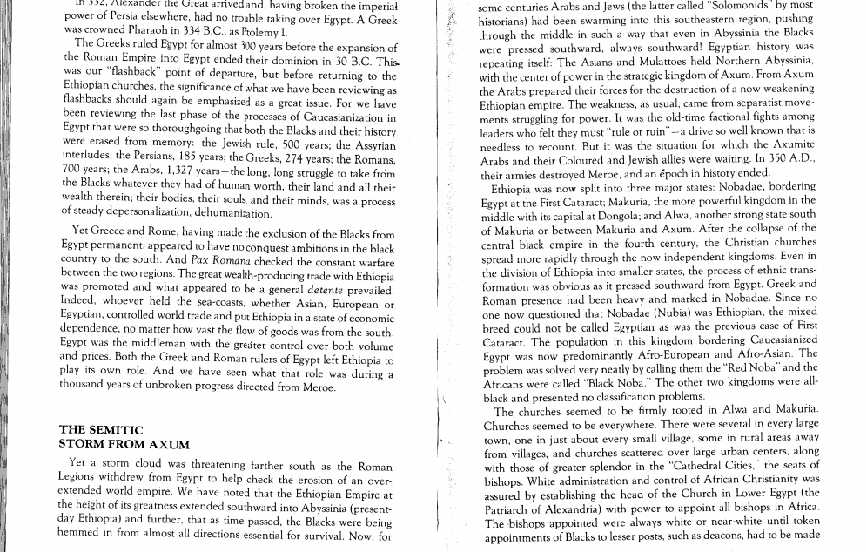
 where can I read up more on this? Who are trustworthy sources?
where can I read up more on this? Who are trustworthy sources?






